The overview
After shooting 30 frames in my Hasselblad 503 CX with the NONS Instant back I stopped thinking about the back at all and simply thought about making images. In other words the back was doing its job. That’s the essence of this review; the thing works.
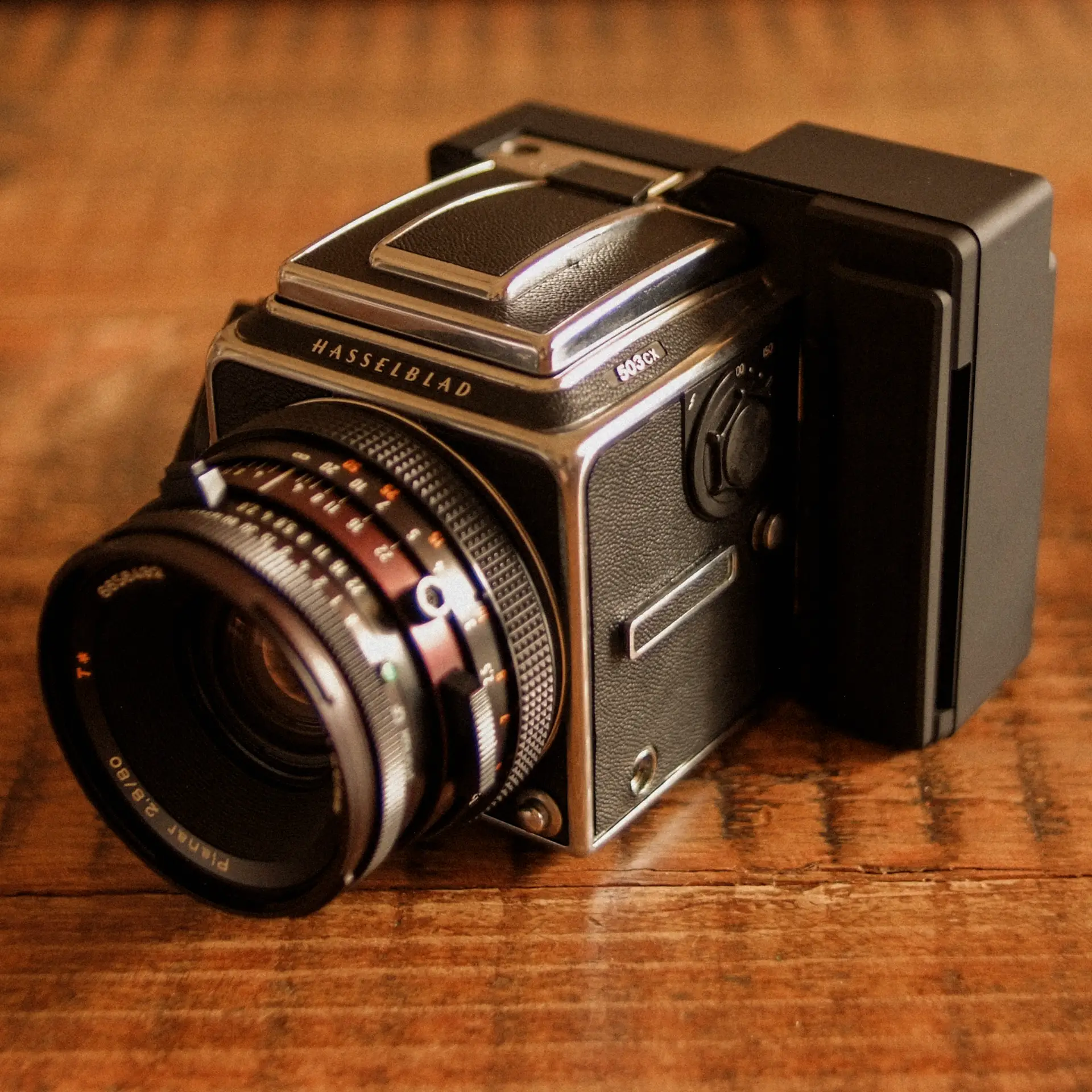
Okay then, let’s have a bit of a deeper look at the NONS Instant back. The reasons for shooting instant film on the Hasselblad are very different in 2024 than in the days before digital when Polaroid backs where a commercial tool for working photographers. I think it would be fair to say that the main reasons they were used have now been completely replaced by digital. Things like the instant preview, lighting checks, client approval, creative collaboration are all done in other ways. And so in reviewing this back it’s easy to slip into a review of Instax film and the place it now holds – which, while interesting, is not about the back. However, the experience of using this back is affected to a large degree by the nature of Instax film and so I will talk quite a bit about that later, but let’s look at the back first.
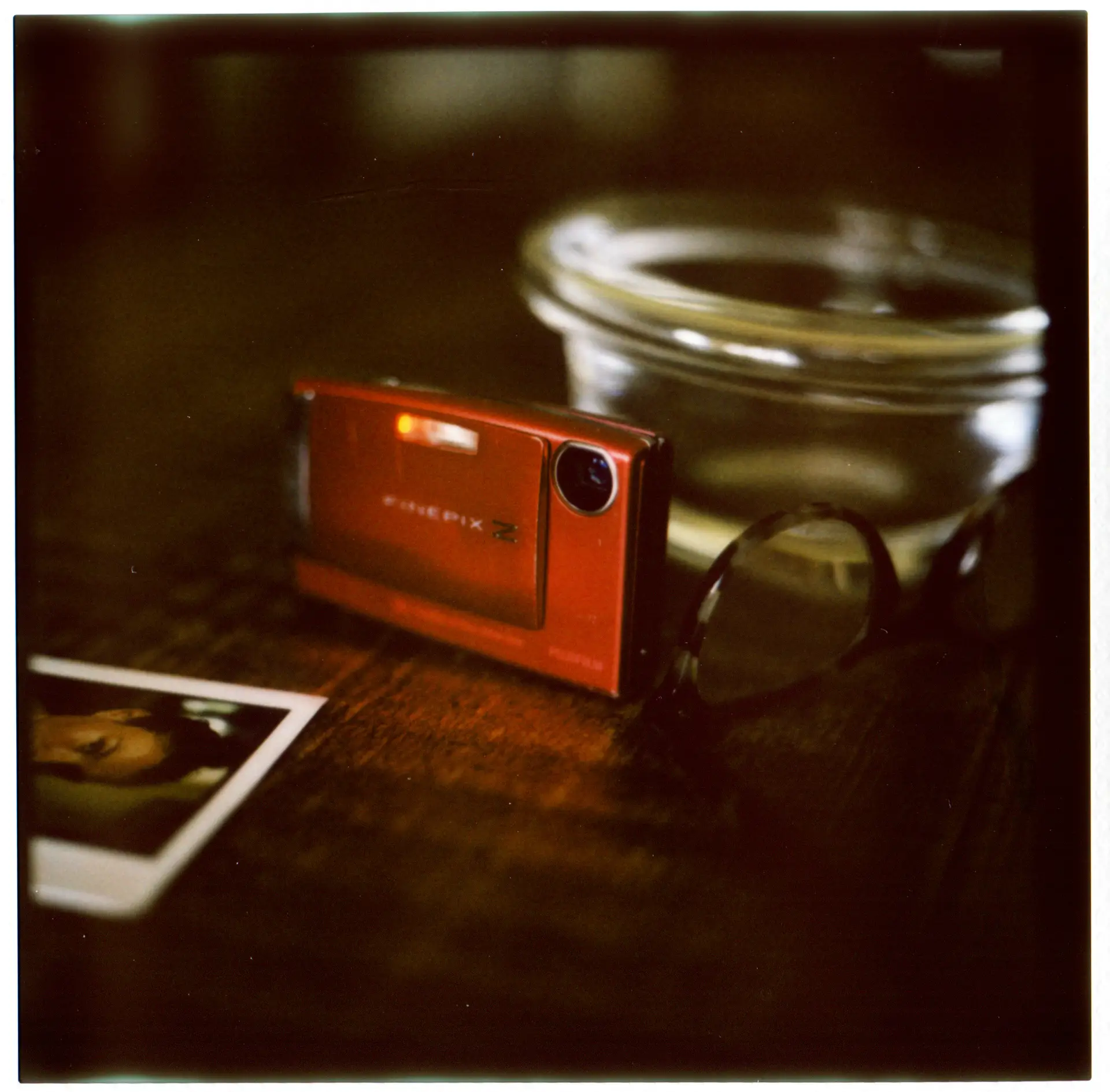
What is the NONS Instant back?
This is a plastic (with some important metal parts) back that shoots Instax square film in the Hasselblad 500 series cameras. At 6x6cm, the film is just about the same size as the ‘blad’s square format, and so the image fills the Instax frame with a small black border around the edges. The NONS Instant back mounts in the same way as a ‘blad film back. It has a dark slide and the film is ejected by a motor powered by rechargeable battery. There’s a neat illuminated digital counter to tell you shots remaining and battery life. The film ejects to the left and as a consequence the wider part of the film border is on the side not the bottom. Retail price is USD 280. I’ll stick a couple useful links down at the bottom for videos about it. A list of supported bodies is on the NONS website.
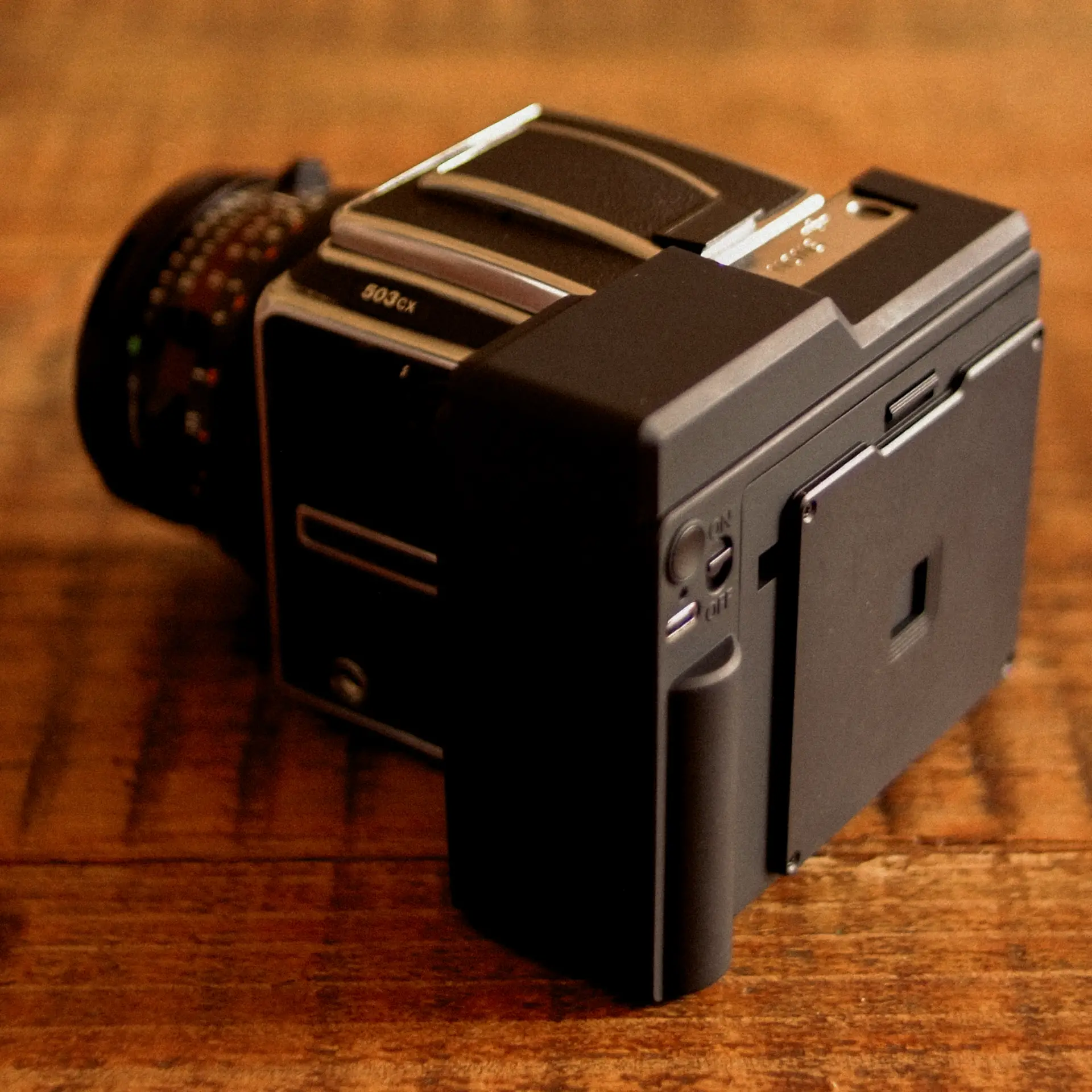
The user experience
Hasselblads are beautiful things; ergonomically delightful and wonderfully well made. That’s a pretty tough gig to take on, and sure enough the NONS is not built to ‘blad standards. With that proviso, it is nevertheless a decent bit of kit. Because it’s plastic it feels a bit more delicate, perhaps a bit fragile, but still seems robust enough. The bits that would cause concern – e.g. the faceplate and hence mounting tabs, are metal. I wouldn’t want to bump the whole thing too hard though. And it’s important to remember that it is not expensive. The price is about what I’d need to pay for a well-used A12 back, to put things into perspective.

Mounting and Dismounting.
This is done the same as a regular ‘blad back, but it’s not as quite as positive. This is not dissing on the NONS Instant back. This back puts the film plane of the Instax exactly where the rollfilm plane is so it focusses fine as soon as you fit it, and unlike a roll of 120, Instax comes inside a plastic box. If you see where the film rollers of a film back are, and then hold an empty Instax pack up to the back of a ‘blad and see how little space there is to play with, it makes the NONS achievement all the more impressive. I don’t want to wade the murky waters of recommending the NONS back ahead of other backs I’ve read about but not used myself, but I will say; this thing focusses fine. Focus is accurate out of the box without adding spacers or otherwise fiddling about. Maybe I should say here that the instructions come in the form of a one-minute video on the NONS website; I’ll link to that below.
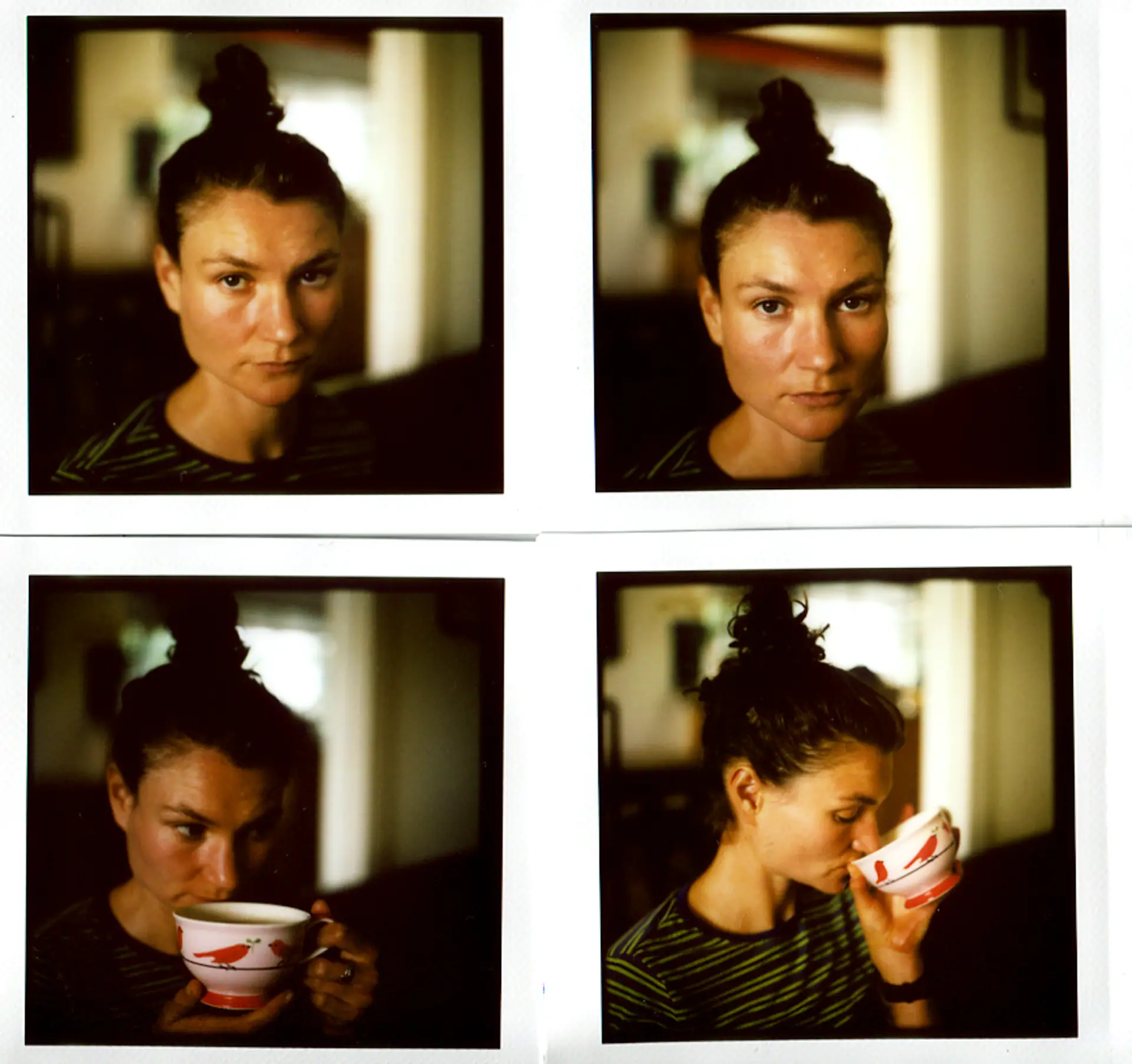
The dark slide
The main point of learning for me with the back is the dark slide. It is a tight fit – as in a very tight fit. To begin with I wondered if I were doing something wrong and was worried that I might damage it. By necessity (as mentioned above) the NONS Instant back needs to be really thin where it mounts to the camera body so there is no room for a nice ramped entry point for the slide.
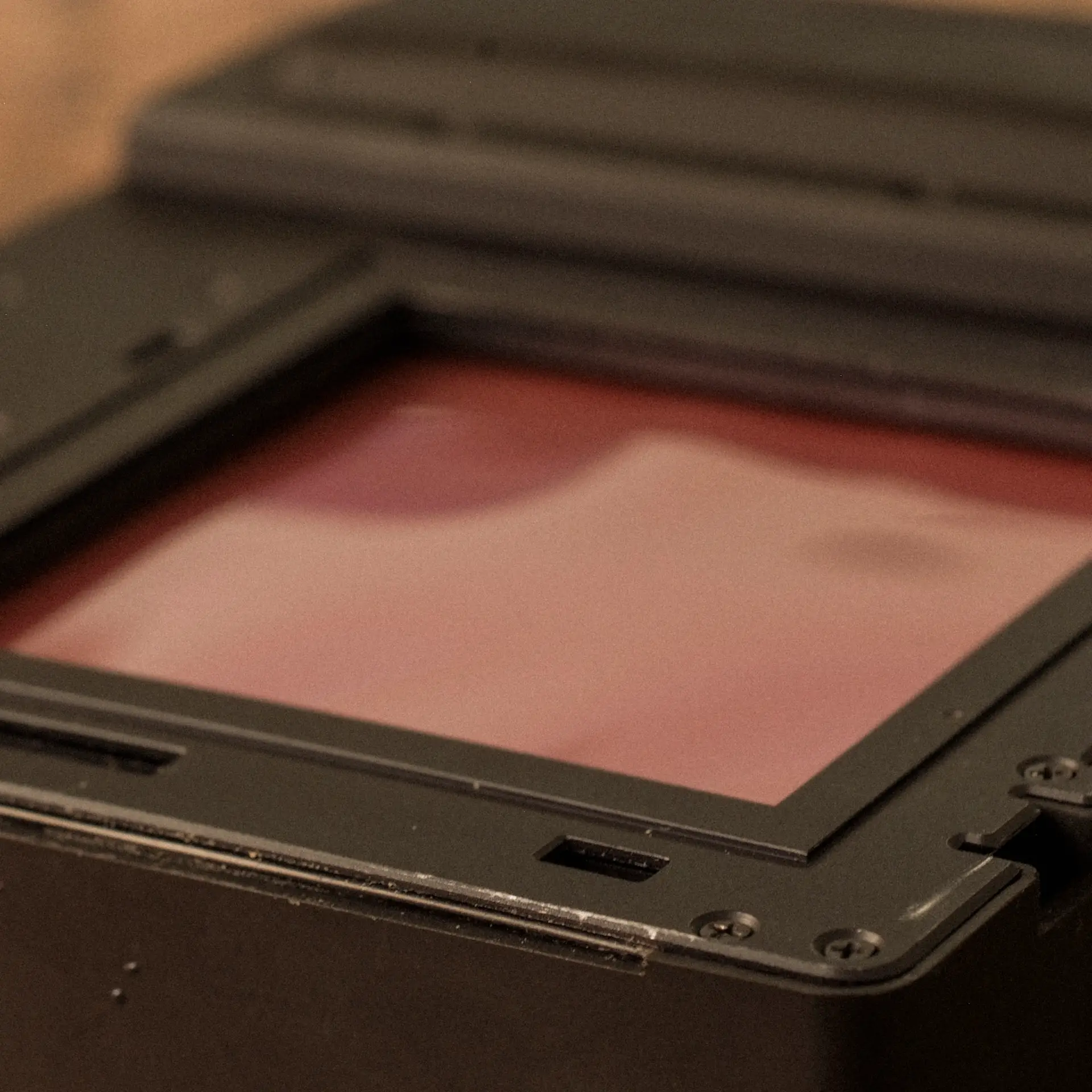
If the NONS Instant back is developed further in the future it would be nice if this could be addressed, but for now it’s fine. The slide loosened up a little in in use, and as I became more familiar with it the process became more natural. I reached out to a couple people I’d met over the internet who also had the back, and their feeling was that that, yes, it’s a tight fit, but not impossibly so. Where I did find it to be an issue though is mounting and dismounting the back in the field. It’s OK on a tripod, but if you’re hand-holding the camera and trying to put the back in it can be annoyingly fiddly and slow. This is not an issue if you’re not wanting to remove the back – you can just leave it on all day and not even use the slide, but it is a problem if you’re planning to swap the back out for a rollfilm back in the field. I struggled with this if standing and hand-holding the camera. It’s not a deal-breaker by any stretch, but is worth mentioning.
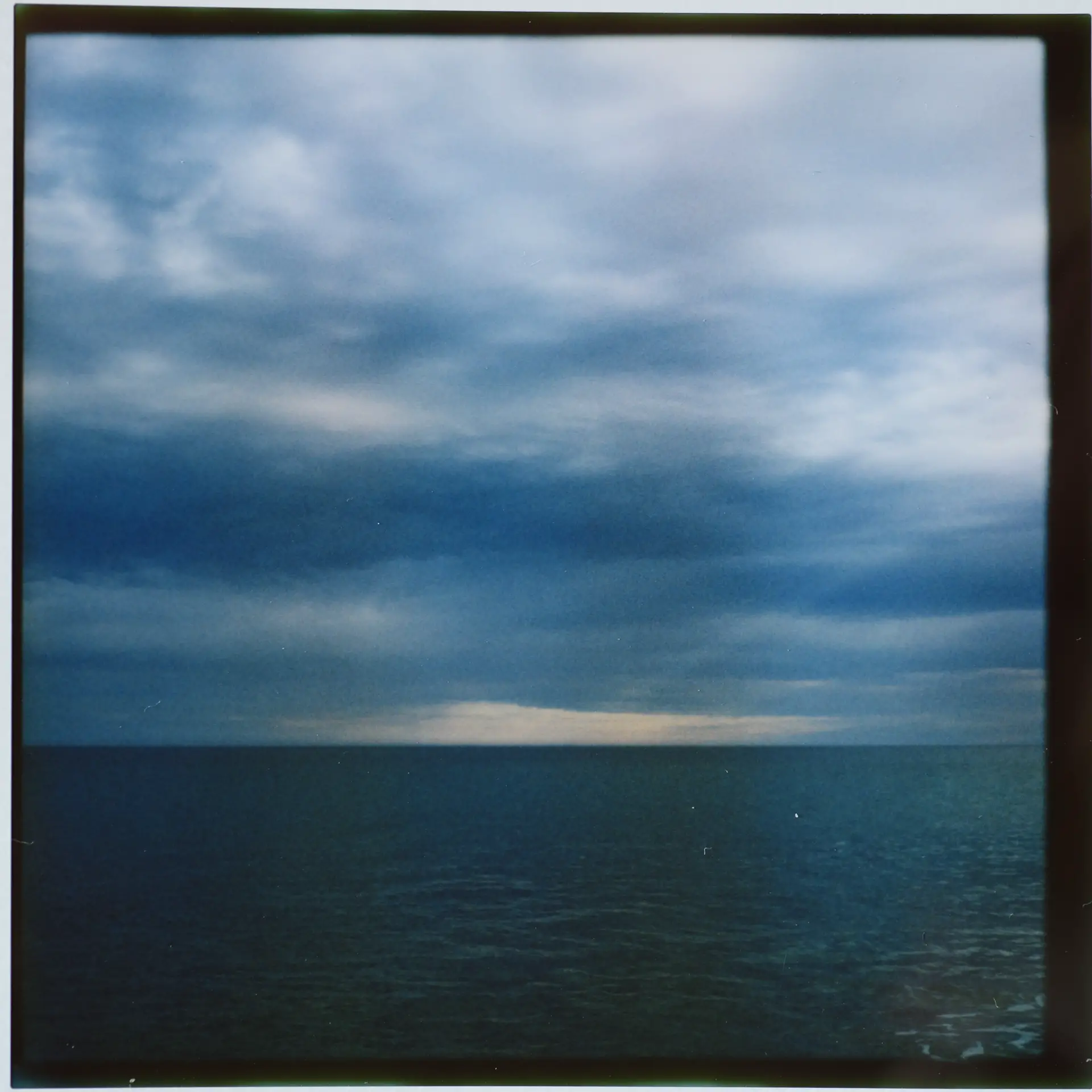
Another point is that the dark slide is inserted from the right; the opposite of the normal ‘blad backs. This means that you can’t cock the camera with the slide in place because there’s a cog on the right side of the camera body that engages with the Hasselblad backs to advance film. So if you DO try to cock the shutter while the dark slide is in, the cog will make a dent in the slide. (A friend told me that) Actually, it does not take much to make that cog move a bit, so if you bump the winding-on handle that can move the cog enough so that you can’t put the slide in if it’s out. In practice this is not a big deal and yes, I did dent my own slide and felt dumb that I had done so until I saw a video from a camera store where their slide was way more dented than mine. Then I saw another video and again the slide was dented so it seems like a hazard. The NONS dark slide is thinner than a normal ‘blad slide by the way, and NONS sells the slides individually if you want another.
As mentioned above, instructions for the NONS Instant back come in the form of a one-minute video on YouTube. No problem. I may have been overthinking it, because I interpreted these to say that you should mount the back with the camera uncocked. I think it’s better to do it cocked in the manner most things Hasselblad, especially as if you bump the winder of an uncocked body even slightly the cogs that engage the back will move and the back can’t be mounted. So I went back and freeze-framed the video and saw that yep, when they mount the back the camera is cocked. I guess the instructions are a little ambiguous for me. (As an update: there’s now an underlined passage on the website saying to cock the camera before manipulating the back so case closed I think.) There’s no interlock so the back can be removed with the slide out (unlike a film back) but doing so just means losing a frame, not a whole pack of film.
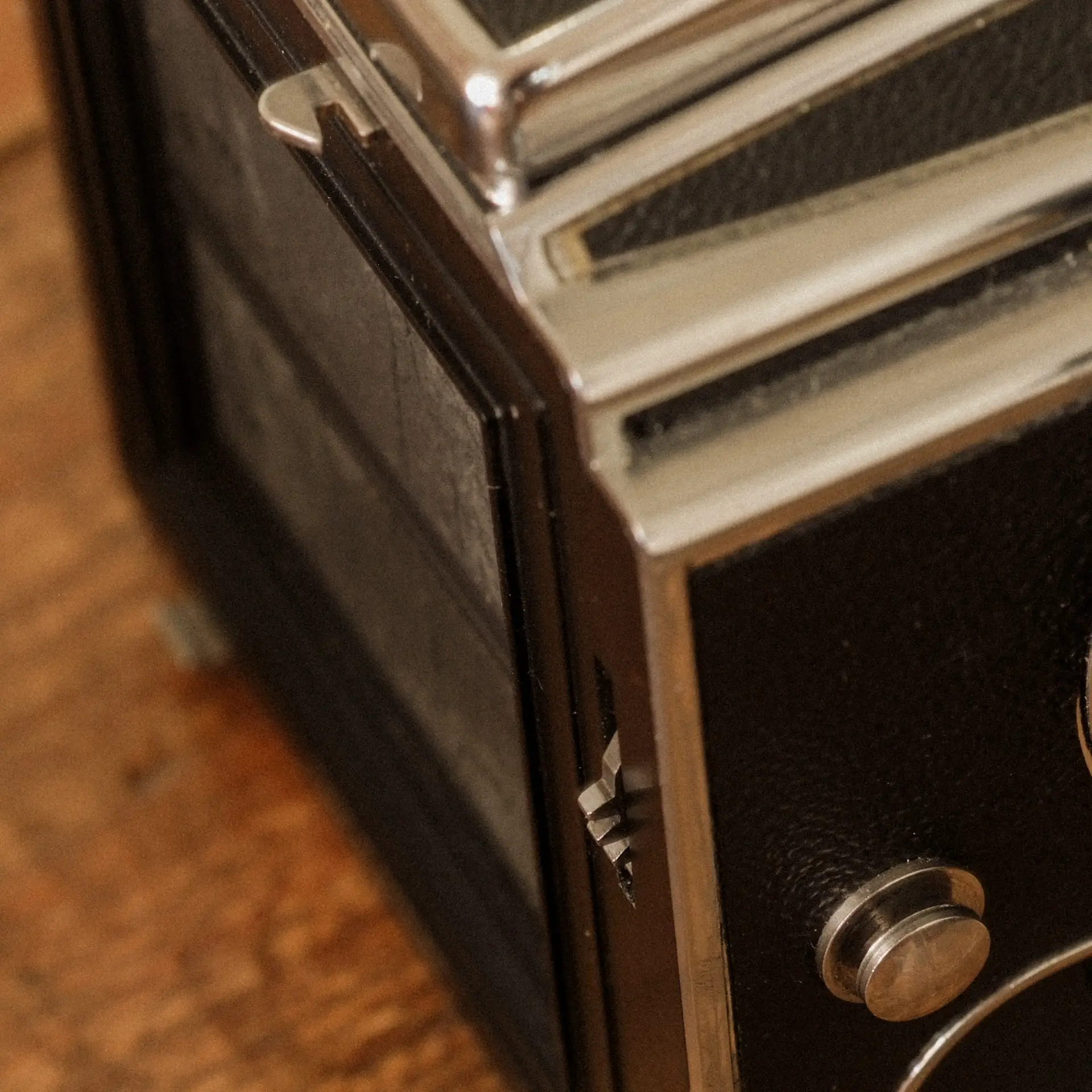
Instax in the ‘blad
OK – so what we have, as I see it, is an effective working solution to shooting Instax Square in a Hasselblad 500 body. No adjustment to the camera is needed, so in theory you can swap from Instax to rollfilm mid-roll. So What? Well – this is the first time I’ve seen an instant film back for the ‘blad that I thought I would actually use. I won’t stray into a discussion of other backs, but there’s the Vinstax where as well as the back you also need to move the focussing screen which didn’t cut it for me, – Likewise the Hassy PB or one from 10art.cc (that seems to be indefinitely stalled) or an Escura Hasselback that I’ve seen a bit about but don’t know anything more of. Instax is for me the benchmark instant film. I used to shoot a fair bit of Polaroid SX70 in the 1980s and 1990s. That film is deservedly the stuff of legend. The new Polaroid does not do it for me at all, and Instax, for all its limitations, feels to me more reliable and also has the benefit of being 1/3 the price of Polaroid per shot. I’m much happier dropping AUD 1.50 a shot than I am dropping AUD 5.
But here I am talking about the film and not the back. Here’s the thing though – what this back does is put the film firmly in the spotlight. There’s no blaming soft lenses or sloppy auto metering if your results are off, here we have Instax film in one of the best camera systems ever made. It’s just you and Instax and nowhere to hide. Instax has – what, four to five stops of dynamic range? Whatever; it’s not a lot. Exposure latitude? None to speak of. I had good results using incident metering, but spot would have been better if I had one. Resolution is not great either, but hey, this is INSTAX FILM. And there’s a whole debate about how well you could fake that on digital, but wherever you stand on that – faking it is faking it and this is real film. It’s not a film I see myself using much, but when I do use it I learn things because it puts other capture methods – film or digital – into perspective.
Closing thoughts and use case.
It’s early days and I wonder if I’ll still be shooting the NONS Instant back in a year. I have an inkling I might, and it would be nice to follow this review up later and see where it’s led. Most of the shots for this review were just wide open close focus shots to see if I could nail focus. This back allows you access to the whole Hasselbad system; lenses, finders, extension tubes; the works. (A friend told me the prism finder works with the back but I don’t have one to test.)

I don’t really shoot portraits any more, and yet portrait and fashion are what the ‘blad is famous for and I could not do a review without trying, at least, to offer something in that area. So my patient daughters, no makeup, just window light – the kind of work I used to do back in the day, were brought in for duty.
I guess this reminded me that if you’re shooting film there is a great case for a quick check. Above is just a window-light shot, and when I was making it I was thinking really just about nailing focus on an eye, and what the DR was. The Instax allows me to see many faults with the shot – the focal length is too wide. I need the short tele lens that I don’t have. I can’t really nail wide-open focus on a ‘blad at this distance without tripod, blah blah blah.
As I said, getting the slide in is tricky, and that makes it tricky to swap backs, but mixing up Instax with Portra 800 would be fun.

My next project is concerned with low light seascapes “The Sea Before Dawn” and I’m shooting that on 35mm film and full-frame digital. I wanted to try some medium format, and had a bit of a play with Instax. Instax has horrendous reciprocity failure (I discovered) and with such tiny exposure latitude is not suited to this project. I guess the only thing that relates to the back about this is that there is no way I can get the slide into the back by feel in the dark, and so swapping backs for film pre-dawn on the beach is really not an option.
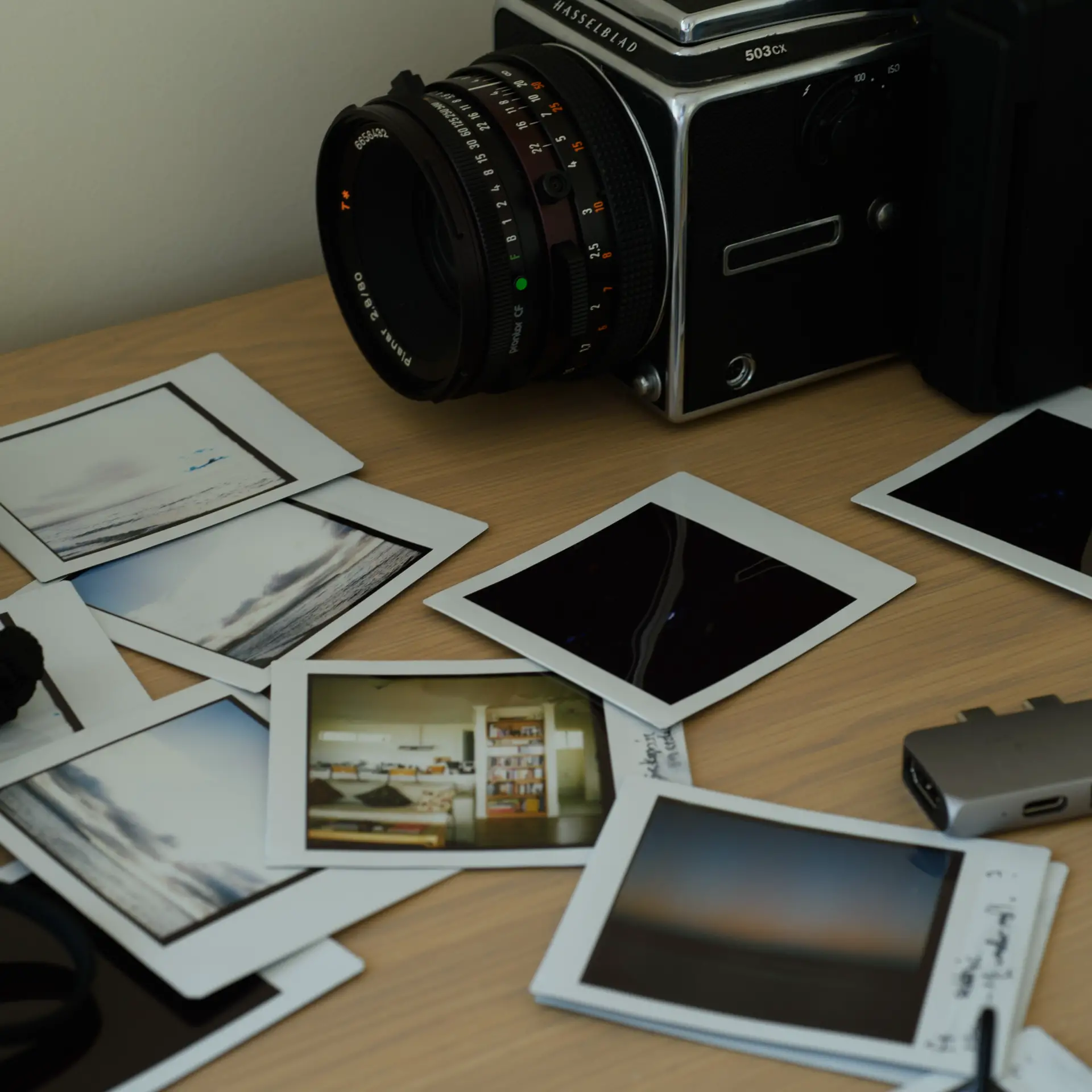
In writing this review I’ve come across people who are making lovely work with this setup, and that’s been fun too.
Here are a couple of videos from NONS about using the back and its development.
- This is a really interesting video from NONS about how the back was developed here
- And here’s the instructional video from NONS here
Thanks for reading; I hope this has been useful.
Share this post:

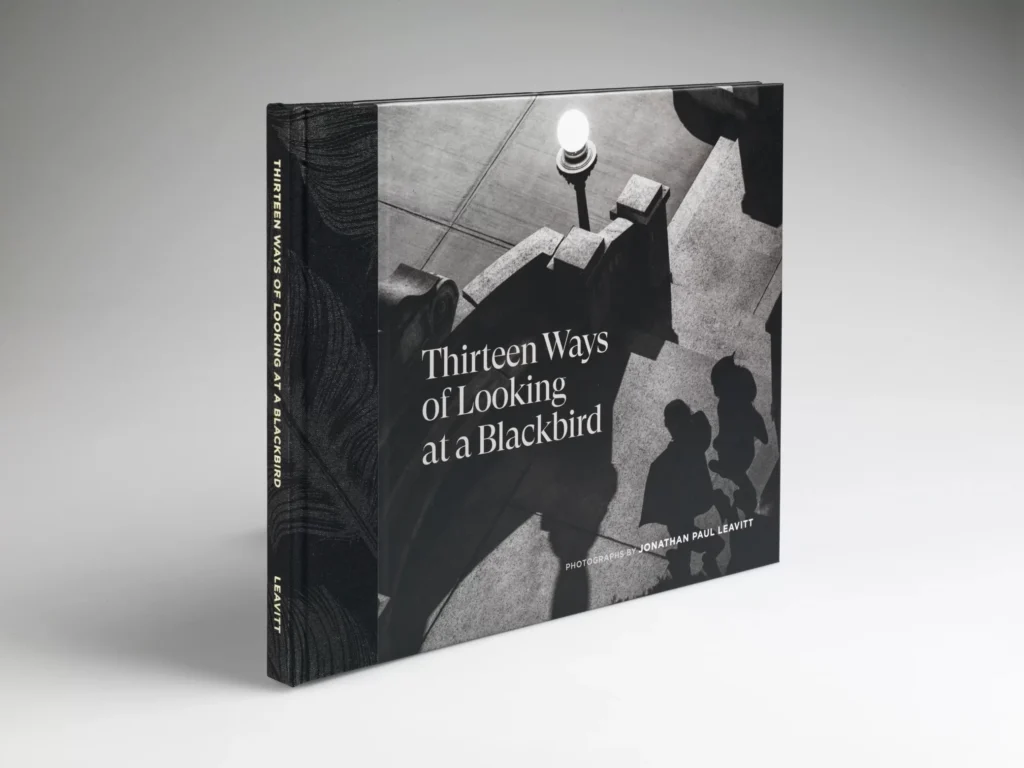

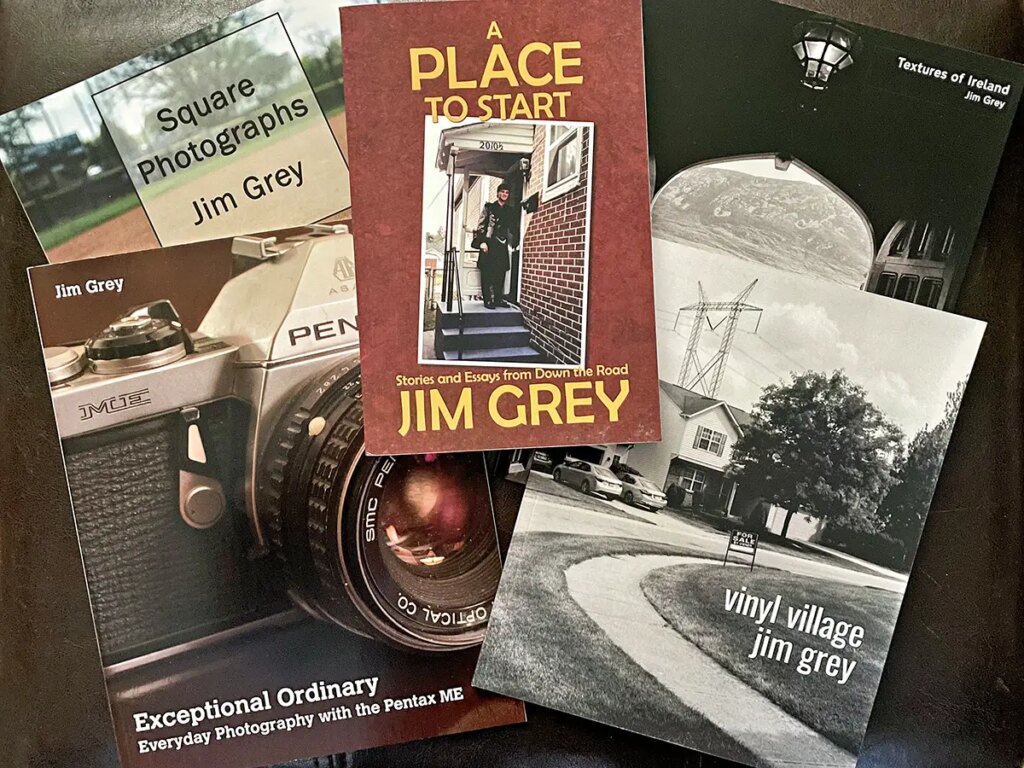
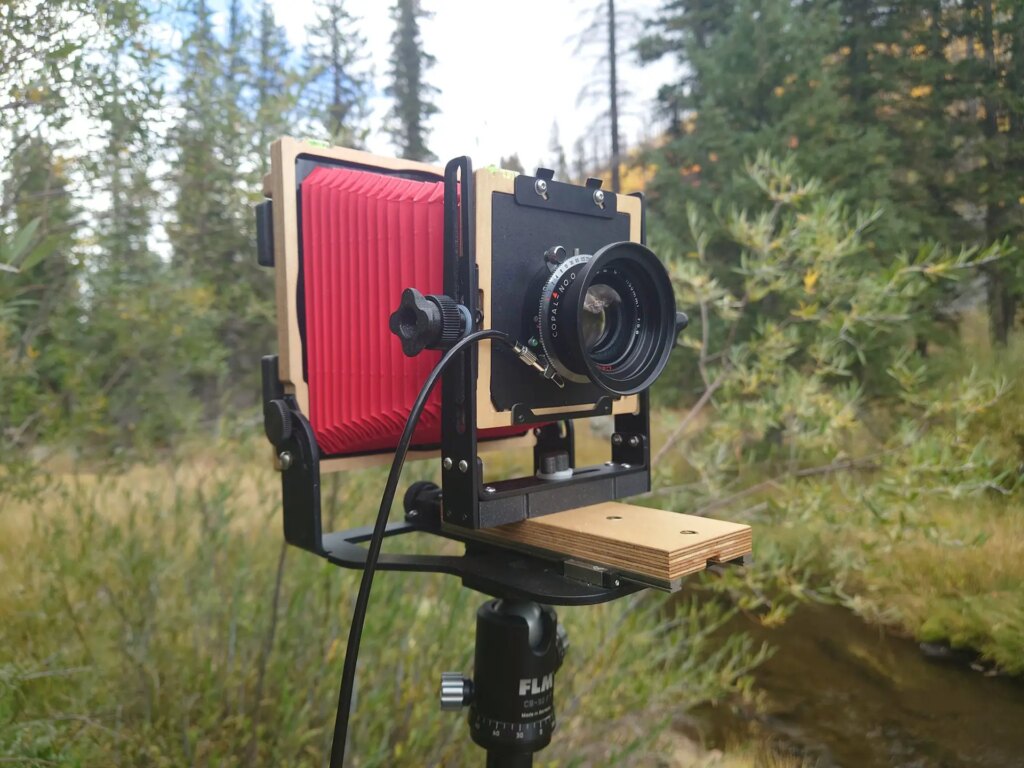




Comments
Rob Youngson on NONS Instant back review
Comment posted: 08/01/2024
If I still had my Hassy I would definitely have picked one up! Iv'e never known regret like letting that camera go!
Comment posted: 08/01/2024
Bill Thoo on NONS Instant back review
Comment posted: 08/01/2024
Comment posted: 08/01/2024
Thomas Risberg on NONS Instant back review
Comment posted: 09/01/2024
The PM 5 finder does work but it is a bit difficult to reach the release on the back. The finder's eyepiece sticks out right over where the release is, leaving a thin gap to squeeze your finger into.
Other than that I have yet to fully give this back a workout but the initial impression is favorable.
Comment posted: 09/01/2024
Stevenson G on NONS Instant back review
Comment posted: 09/01/2024
Lovely photos regardless, just curious from a geeky perspective.
Comment posted: 09/01/2024
Nick D Orloff on NONS Instant back review
Comment posted: 09/01/2024
Thanks, a great review.
I recently bought a HassyPB, which I'm enjoying, although the need to add a spacer under the focusing screen means there's no quick switching from Instax to 'real' film.
And yes, Instax does have some limitations - the dynamic range feels tiny - but it's what it is, and it's fun to work with.
I might have to write a review of my back as a comparison piece.
Comment posted: 09/01/2024
Comment posted: 09/01/2024
Comment posted: 09/01/2024
Eric on NONS Instant back review
Comment posted: 26/01/2024
Great review and images. I bought a NONS back for my 501c and have been having fun with it. All the best to you.
Eric
Comment posted: 26/01/2024
Arthur Gottschalk on NONS Instant back review
Comment posted: 17/04/2024
Comment posted: 17/04/2024
Hannah Gimblett on NONS Instant back review
Comment posted: 09/09/2024
I love Instax film, so to use it through such a fantastic camera system would be ideal!
Comment posted: 09/09/2024
Comment posted: 09/09/2024
Mario on NONS Instant back review
Comment posted: 24/04/2025
Thank you for your "warts and all" review of this film back. I'm a child of the film age, and though I migrated to digital in the early days, I also bought up every concievable film camera, when they were going for dirt cheap. When I heard that Fujifilm had discontined it's peel apart film, I immediately ran out and stocked up on all that I could find.. mostly the B&W3000 and some colour stock as well.. Burnt through that like a hot knife through butter, mostly on my Mamiya RZ67 which has a gorgeous 7x7 film throat (for the reversing back).. I did try some on my Hasselblad (preferred camera.. however film size was a strict 6x6) but it didn't really work.. light leaks, and smaller image on the largish prints just didn't work. Well.. now we have Instax and I heard about a creative group called Escura, who after THREE YEARS finally managed to produce their love-child. Needless to say this first version was pathetic and close focus severely compromised (although they stated it would work). And there I was, soldiering on, guestimating close focus, and having to stop down for infinity.. and there was this product I'd not heard about!?! So now I've ordered my very own NONS back and look forward to Making Photography Great Again! I'll be sure to watch that dark slide though..
Comment posted: 24/04/2025